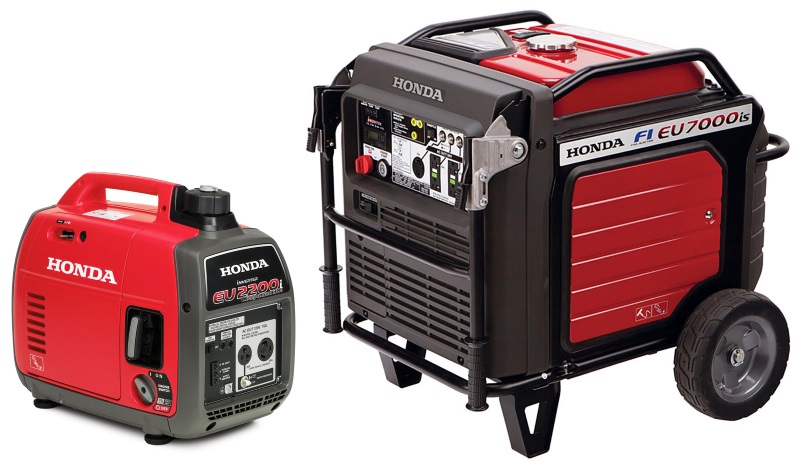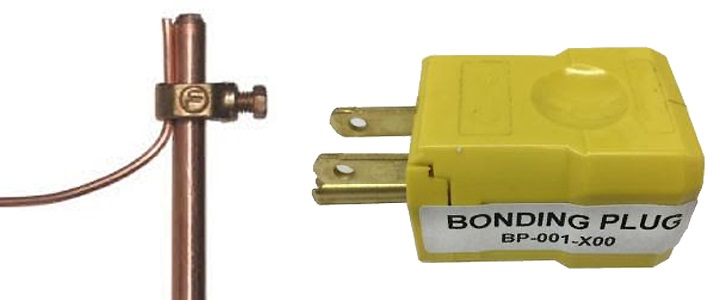
Rules Of The Game
Let’s shift focus to grounding and bonding. All of the large, 3-phase AC generators referred to earlier will be neutral bonded (the neutral of the power output will be directly connected – bonded – to the generator chassis), and most times the rental company will also provide a ground rod.
However, inverter generators may or may not really need a ground rod, depending on the local electrical code and AHJ (Authority Having Jurisdiction, i.e., electrical inspector) attitudes toward generators. Grounding and bonding can be an entire article of its own, but here are the basics.
Inverter generators have what’s called floating neutrals. That is, the AC output is totally isolated from the chassis-ground of the generator. Some gear just doesn’t like floating neutrals since it monitors for an open ground, and unless you bond the neutral, you can’t even use a 3-light tester on your backline power to confirm the safety ground is in place.
As a result, I came up with a simple bonding plug that is nothing more than a standard Edison NEMA 5-15 plug with a jumper wire between the neutral and ground screws. An article I’ve written on how to make one yourself for $2 or so is at noshockzone.org.

Any larger stage with a separate front of house console out in the crowd at a mix position really needs an 8-foot ground rod driven and connected to the generator chassis with a number 8 (#8) copper wire, and bonded to the stage steel.
However, at every event you need to find out if you’re even allowed to drive a ground rod at all, and if so, also confirm that there are no sprinkler pipes, electrical wiring, or gas mains under the ground where the rod is to be driven.
Even if you can’t drive a ground rod it’s still a good idea to bond the generator chassis to the metal stage with #8 wire. This keeps any voltage potential down to zero volts between the stage instruments and the microphones or metal stage.
Remember, a musician can (and often will) walk off the stage if they feel a shock, even if it’s a non-lethal tingle. So a simple piece of wire connecting the generator chassis to the stage structure is cheap insurance.
However, if I’m doing an event such as a basic political roadside speech with a single podium microphone, small “speakers on sticks” and an iPad mixer, then I just put in the generator bonding plug, and then plug in. Unless the AHJ requires you to drive a ground rod, these small, non-distributed power systems are safe to run from a generator without a ground rod. But as soon as you start running common AC power to a second position (like a FOH mixing console in the crowd) then a ground rod is really required for the safety of everyone.
Plan accordingly.
